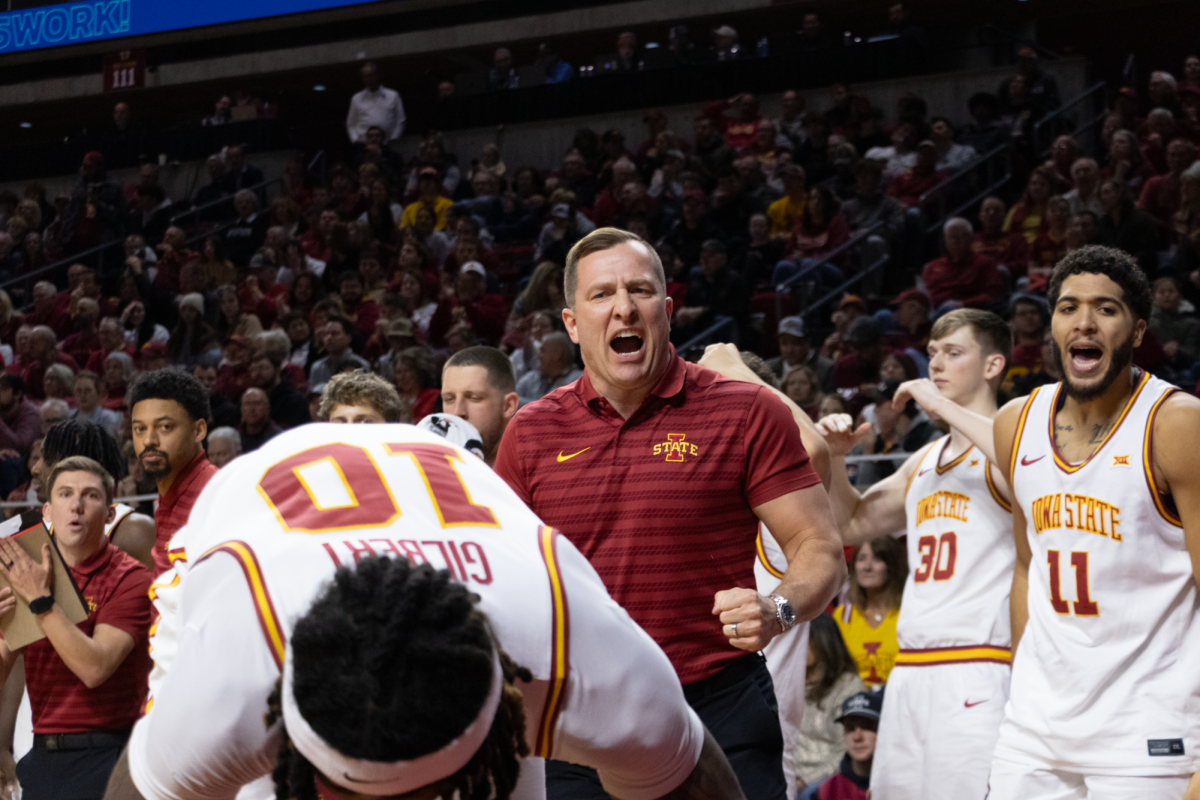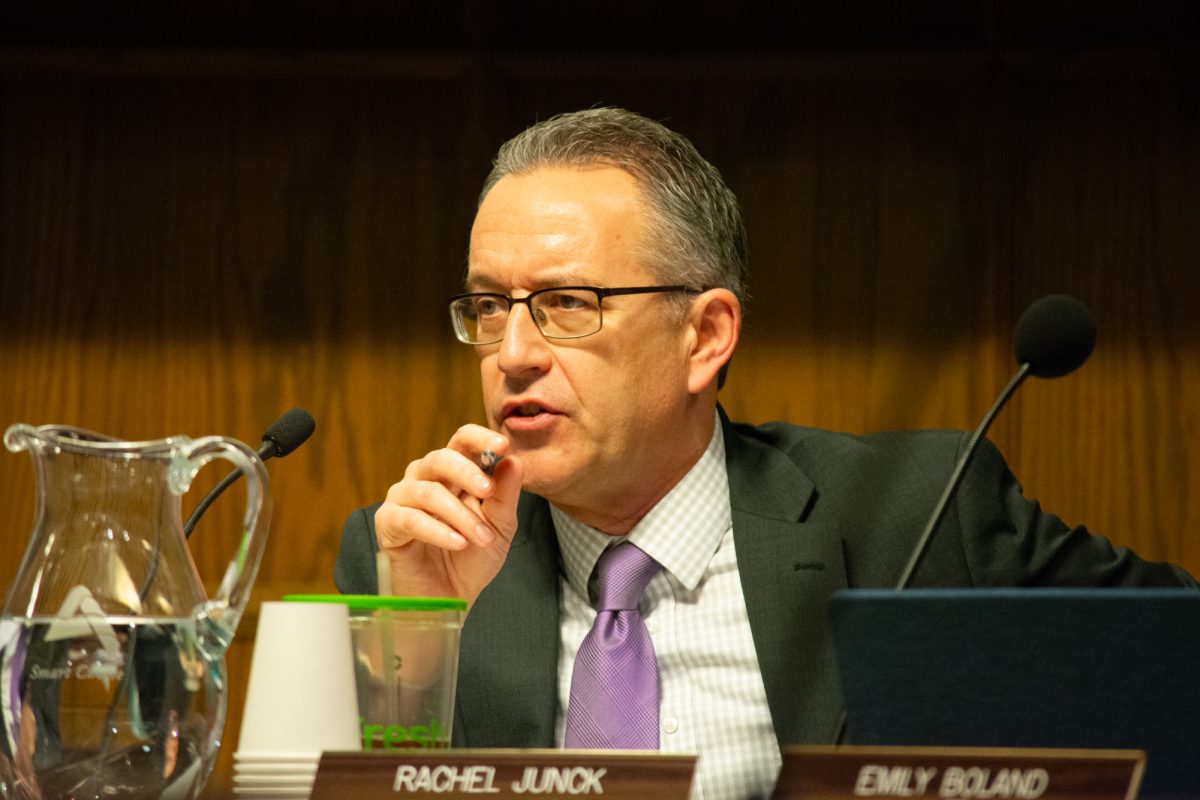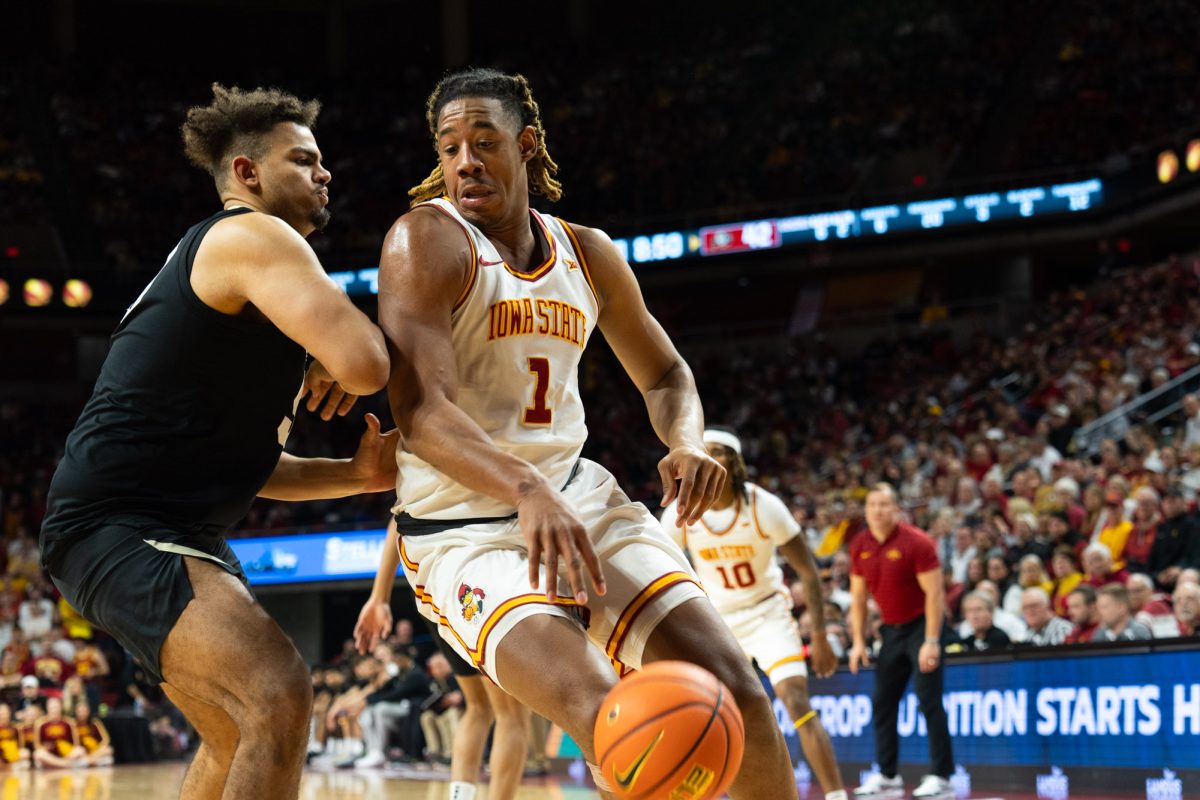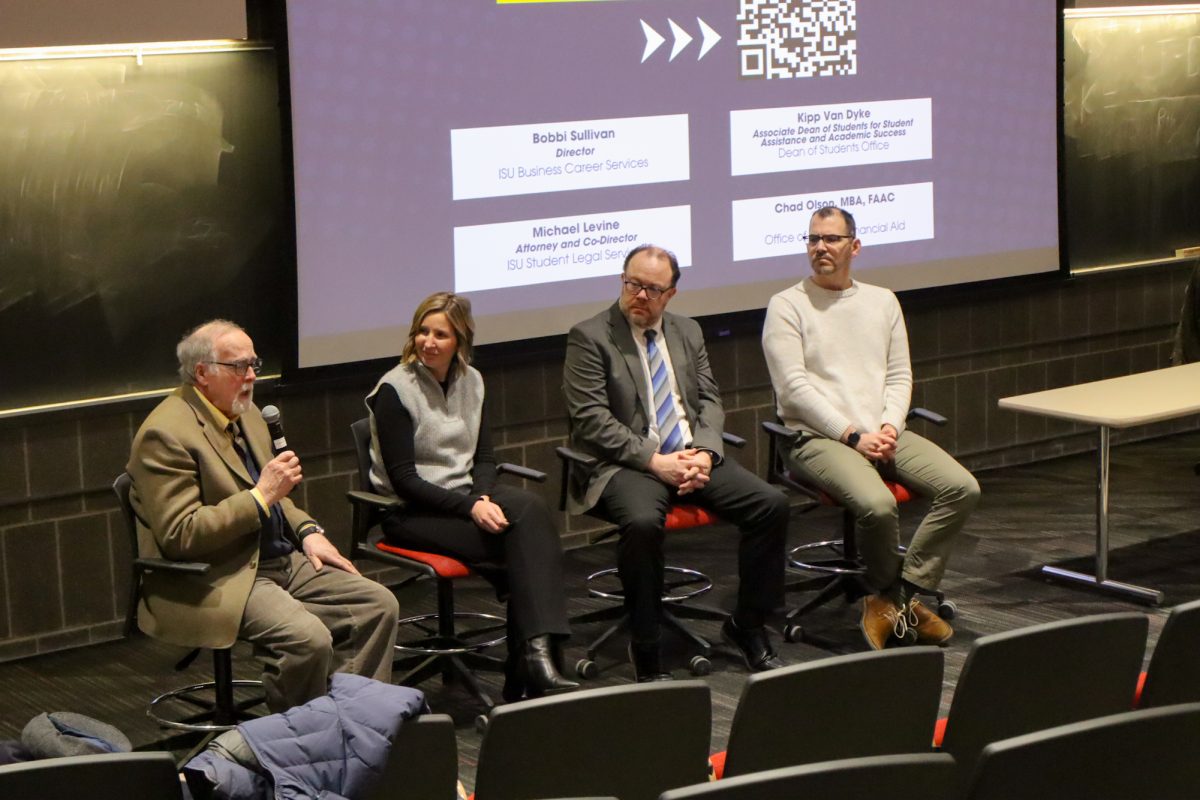911 calls on cell phones to be tracked
June 14, 2000
Cellular phone users in Iowa will soon receive a more efficient response to 911 calls.
A new system developed by the state of Iowa will allow public-safety officers to track the location of 911 calls made by cellular phone users to within 140 feet of the location of the call.
The program, which is slated for completion by October 2001, is split into two phases, said John Benson, state 911 program manager.
“In the first phase, the call-back number and location of the tower where the 911 call was routed from will be made available,” Benson said, adding that this phase should be completed by December 2000.
The second phase will make the latitude and longitude coordinates of the cellular phone that made the 911 call available to public-safety offices near the location of the call.
“The system will provide more efficient safety response to 911 calls from cell phones,” said US West spokeswoman Lynn Gipple.
US West has been contracted to complete the technical transition, which includes an entirely new network to route the 911 calls and the software to run the network, Gipple said.
Currently, when a 911 call is made from a cellular phone, it is routed to an officer from the Iowa State Highway Patrol, and the person calling must describe where he or she is calling from.
This task can be difficult in some situations where callers are not sure where they are or if they are under stress, Benson said.
The current system does not give a call-back number if a call is disconnected for some reason, leaving the officer no way of contacting the person who is having an emergency, Benson said.
The new system was prompted by an FCC mandate that stated 911 service from cellular phones should match that of the regular phone service provided in that area, which would include providing a phone number and address of the caller.
The new system will affect the 911 service of both analog and digital cellular phone subscribers, Benson said.
Iowa is one of the first states to provide the service to cellular phone users, regardless of their carrier across the entire state, he said.
Benson said the system will cost “$3 to $4 million to be put in place, and $300,000 to $350,000 a month to operate.”
The current system is financed by a 50-cent surcharge attached to all cellular phones in Iowa.
It is unknown if other charges will be incurred to cellular phone users once the new system is in place, Benson said.






